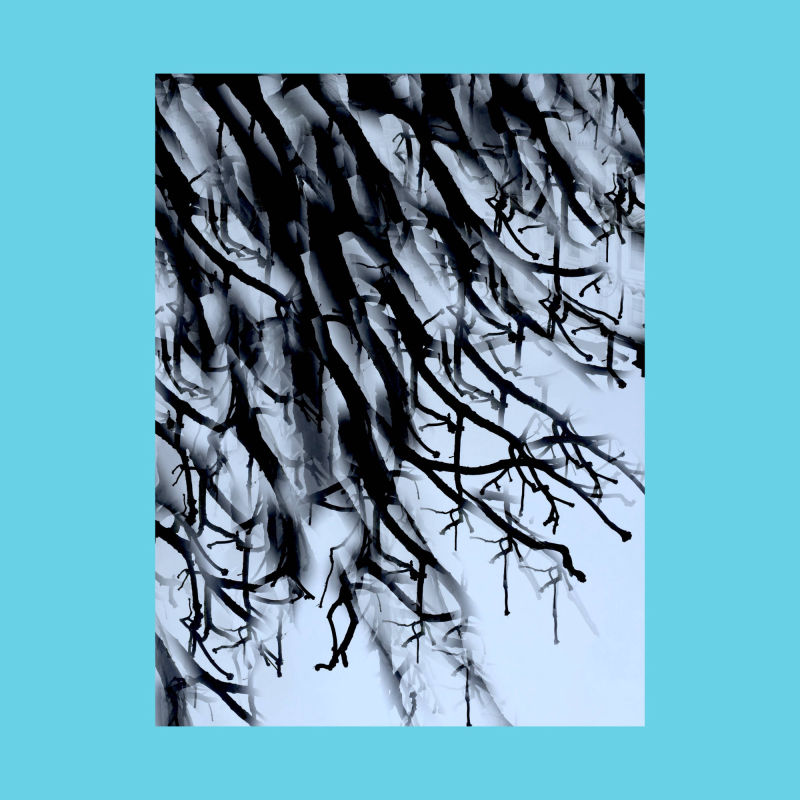
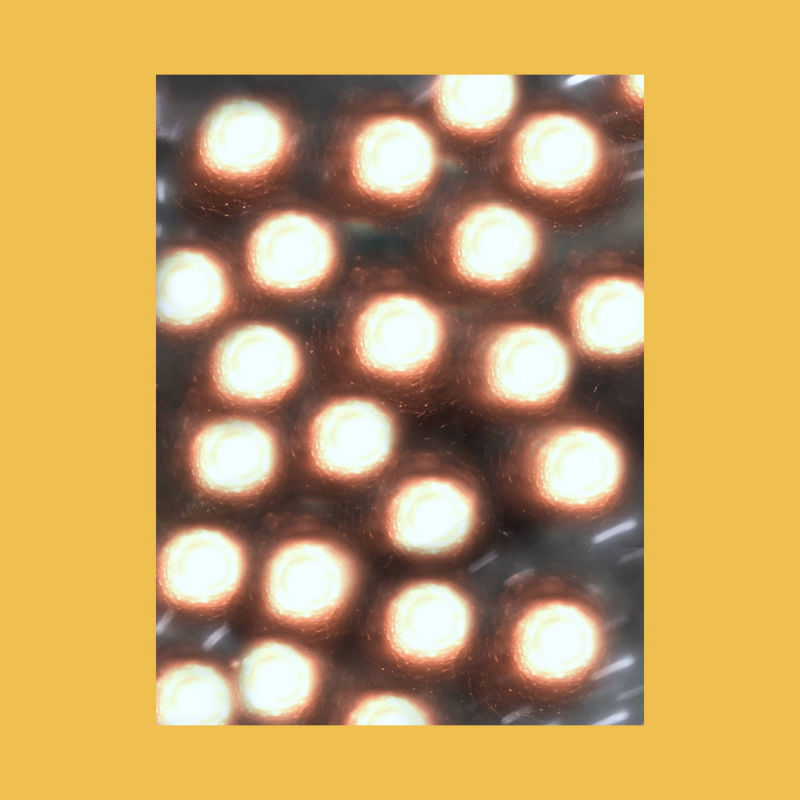
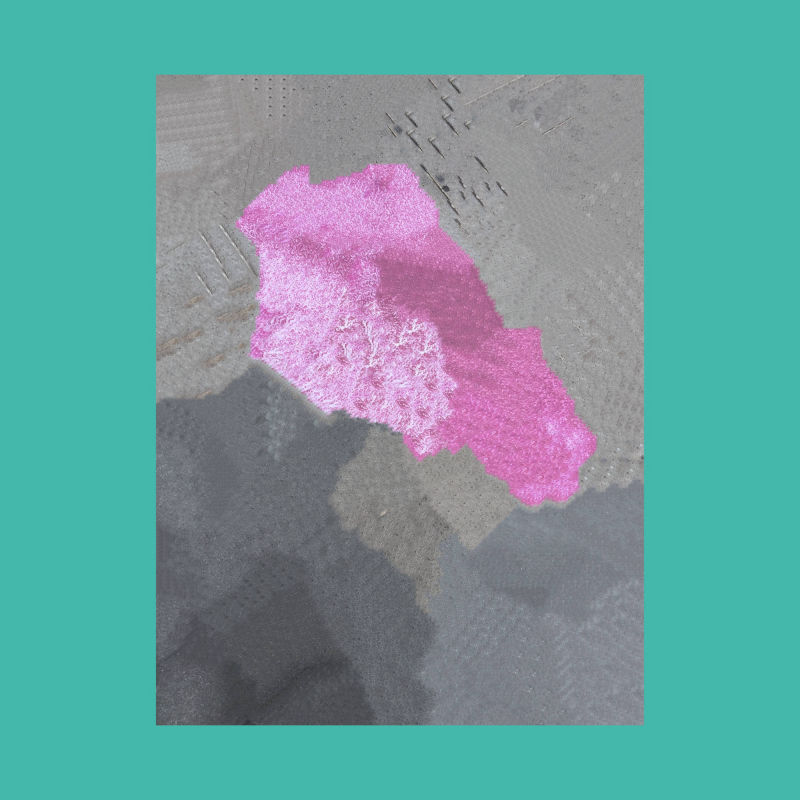


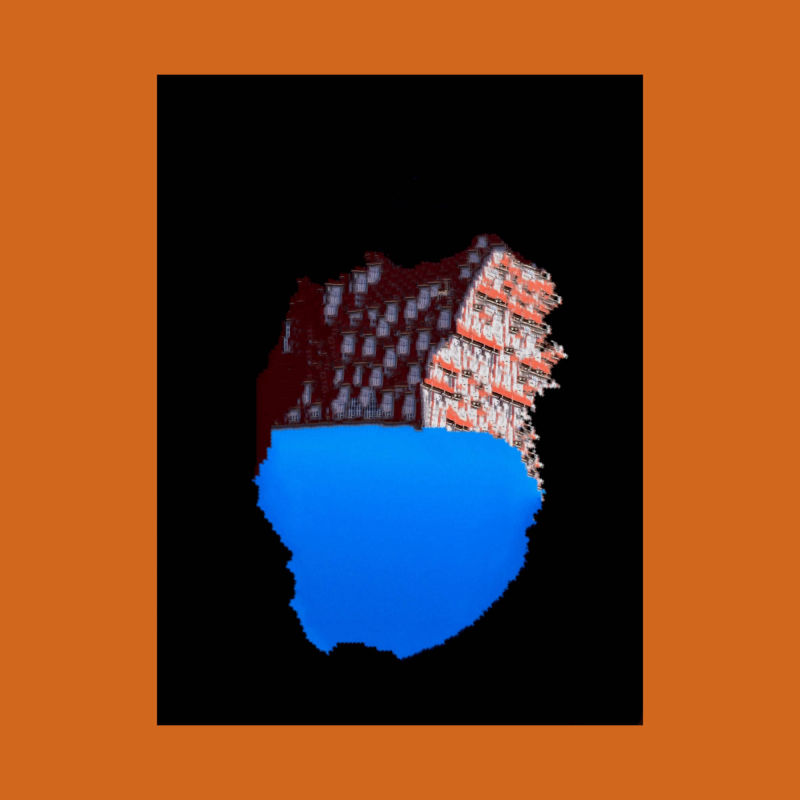
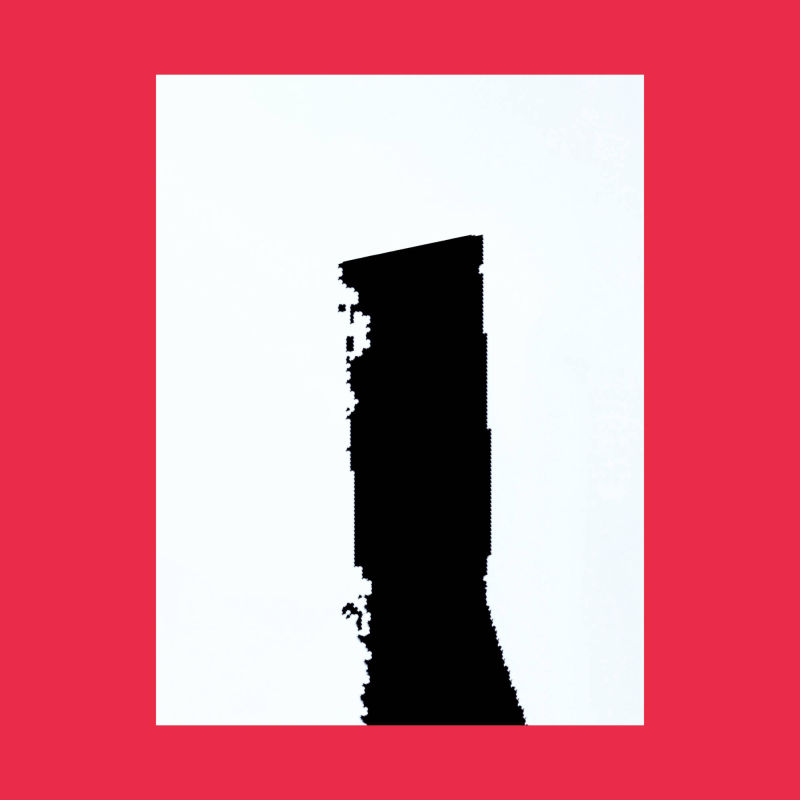
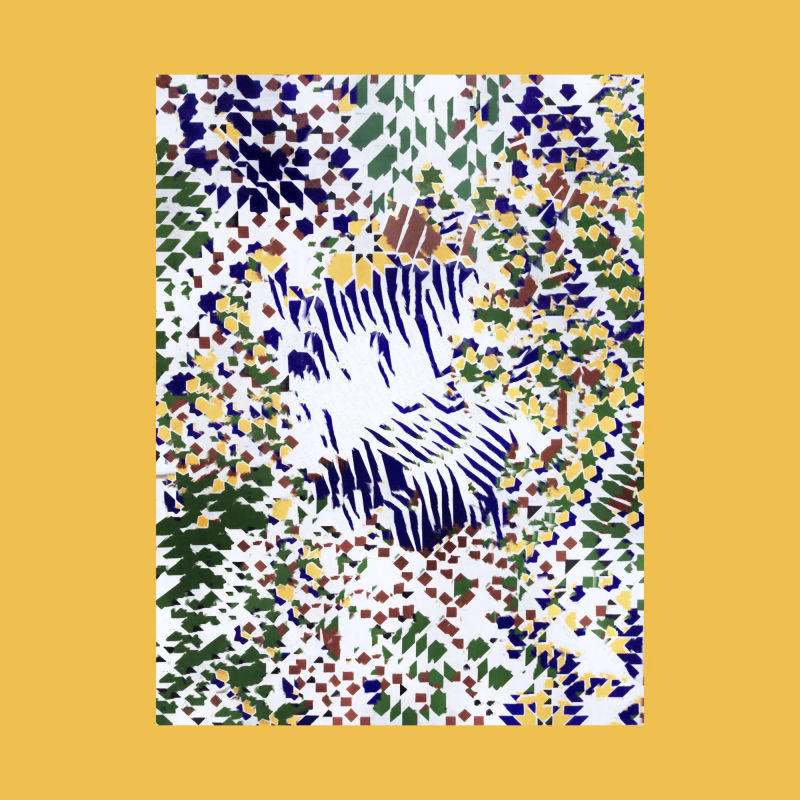
ARCHIVE ABSTRACT (2018) is an active collection of distorted digital images created with automatically archived photos from a common smartphone. It continues an ongoing series of experiments exploring the potential of informal accumulations as material.
Each image is a deconstructed version of a digital photo, edited using widely available mobile apps designed to polish pictures for social media. The process is simple and replicable, involving finger taps and gestural movements across a small touch screen, inherently demonstrating the accessibility and ubiquity of most technology.
The aim for every image is to reach an abstraction from a series of possible options - such as cloning, blurring, removing or smudging - manipulating shapes, patterns and colours that already exist within the picture, as illustrated in the sample transformation below (from left to right).
The resulting visual compositions are often random and visceral, yet aiming to reach certain qualities established by art traditions like abstract expressionism, minimalism and geometric abstraction.
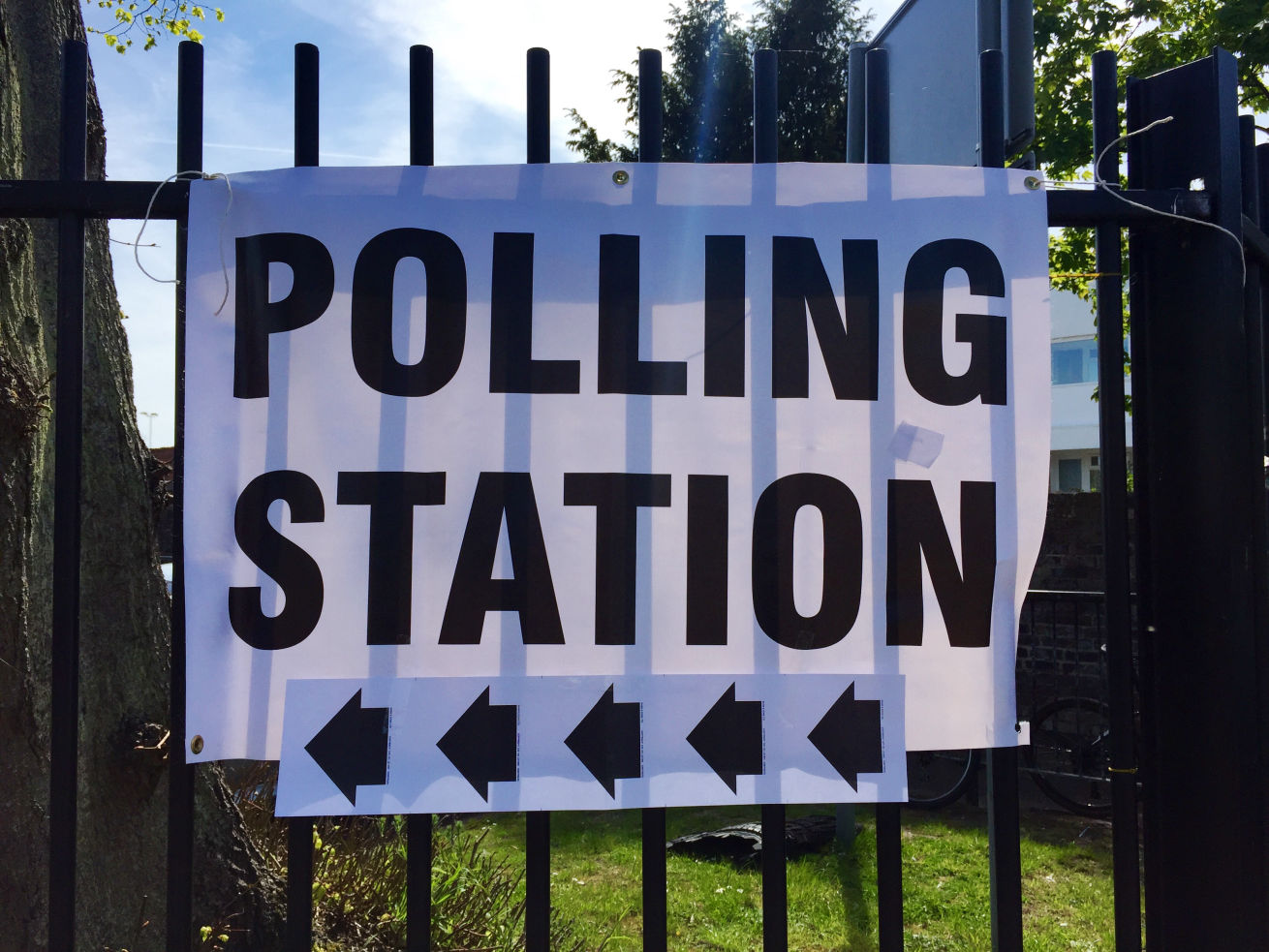
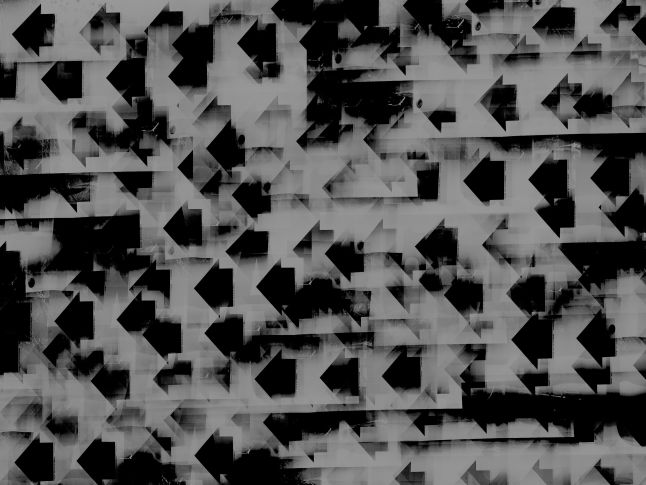
CONTEXTUAL RESEARCH
On archive and archaeology
The original images are extracted from a personal accumulation of digital photos from 2008 until the present, mostly from smartphone cameras, which currently hoards approximately 35,000+ of potential material. This, alongside other digital files like documents and audio-visual material, form the basis of the wider project which attempt to explore mounting informal archives generated by default through contemporary lifestyle and technology.
The symbolic excavation of these layers of time reflect certain aspects of archaeology, particularly in its aim to recover manifestations of life from a past that is disappearing. The book Substance, Memory, Display (2004) by Colin Renfrew et al. considers this connection by exploring artistic practices with parallel elements, including works by Cornelia Parker, David Mach and Richard Long.
Contemporary art already has an established tradition of digging through archives as a point of entry, as seen with artists like Tacita Dean, albeit focused on the physical, imagined or institutional. A recent symposium, Activating The Archive (May 2018), was particularly instructive in the research and development of this project, where several artists discussed a wide range of ways to engage with this material.
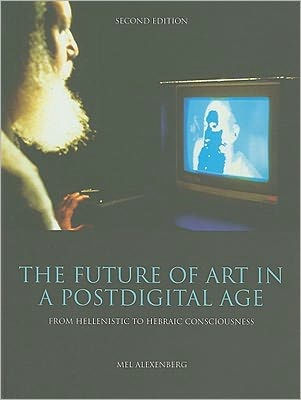
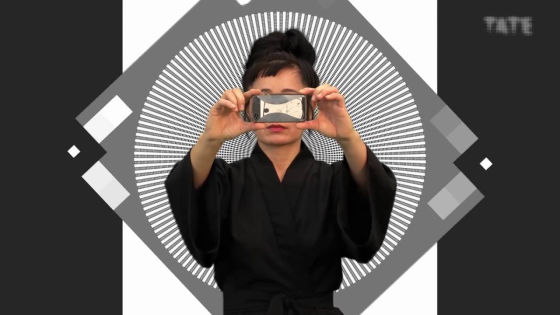
On digital and decay
The work also aims to explore digital culture, particularly through the use of smartphones, mobile apps and pixel-based images to reflect on its role in everyday life. Artists like Hito Steyerl, pictured above, are already engaged in this area, often embracing the technologies and processes that underpin our activities and interactions today.
The relationship between the digital and the human experience is a key factor in this project, an approach that may be described as “postdigital” according to the book The Future of Art in a Postdigital Age (2011) by Mel Alexenberg, shown above.
The author explains that artists began to use digital as a way to make work when the technology first emerged and developed. Years later, digital is now firmly part of contemporary life and has been absorbed by both art and mainstream culture, ushering the potential for postdigital which is primarily concerned with humanisation: bridging the gap between virtual and physical while focusing on the implications of the already intrinsic relationships between the two.
In that vein, this project attempts to consider the virtual traces of our digital activities by exploring the mounting bytes stored in often unseen places, hidden inside neatly encased devices or sent away to a remote computer chip elsewhere. Using personal accumulations that are common to most people, the work hopes to discover the potential of digital files as material with an embedded history which may be open to recovery.
The deliberate abstraction is also a key element, like in the samples below. It is an attempt to represent (and accelerate) a potential decay of digital matter as new technologies continue to emerge and progress. This is already the case with digital photos, the raw material of this project, where mobile images from 2018 are clearer than similar ones from 2008, suggesting the possibility of visual degradation when looking back at past material from the viewpoint of the present.
Similarly, the distorted images aim to reflect human memory. Cognitive research, like the ones cited in the article Trust Your Memory? Maybe You Shouldn’t (CNN, 19 May 2013), suggest a fallibility of memory which appears to be susceptible to change over time and is even altered by the mere effort of trying to access it, a process mirrored in the making of this work.